 Welcome
Welcome
“May all be happy, may all be healed, may all be at peace and may no one ever suffer."
Hydrocele
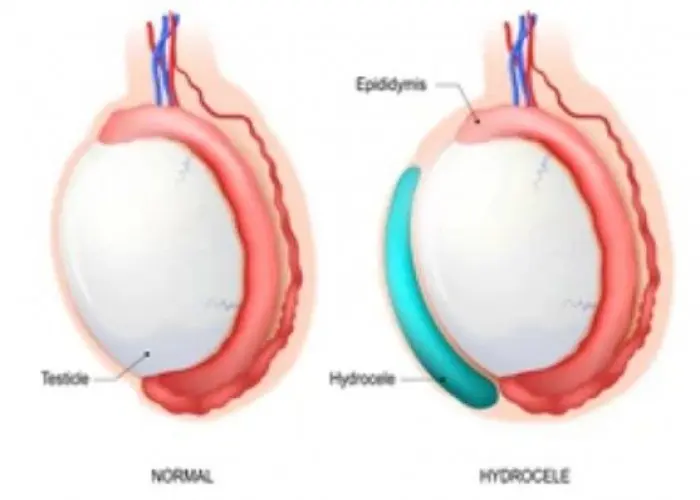
A hydrocele is a condition that occurs when there is an accumulation of fluid in the sac surrounding the testicles, called the tunica vaginalis. This results in swelling of the scrotum, which can be painless or cause discomfort.
Hydroceles can occur in newborns, as well as in adult males. In newborns, hydroceles are usually present at birth and are caused by fluid that accumulates in the tunica vaginalis during development in the womb. In most cases, the hydrocele resolves on its own within a few months.
In adult males, hydroceles can be caused by a variety of factors, including injury, infection, inflammation, or a blockage in the tubes that transport sperm. In some cases, the cause of the hydrocele is unknown.
Symptoms of a hydrocele include swelling of the scrotum, a feeling of heaviness in the scrotum, and discomfort or pain. In some cases, the swelling may become large enough to affect daily activities or cause embarrassment.
Treatment for a hydrocele depends on the underlying cause and the severity of the symptoms. In newborns, a hydrocele usually resolves on its own and does not require treatment. In adults, treatment may include observation, medication, or surgery. If the hydrocele is causing discomfort or is large enough to interfere with daily activities, surgical removal of the fluid or the entire hydrocele may be recommended.
If you or someone you know is experiencing symptoms of a hydrocele, it is important to speak with a healthcare provider for an accurate diagnosis and appropriate treatment.
Research Papers
Disease Signs and Symptoms
- Swollen testicle
- Red or warm testicle
- Testicle pain
- Hydrocele
- Sometimes, the swollen area might be smaller in the morning and larger later in the day.
Disease Causes
Hydrocele
Baby boys
A hydrocele can develop before birth. Normally, the testicles descend from the developing baby's abdominal cavity into the scrotum. A sac accompanies each testicle, allowing fluid to surround the testicles. Usually, each sac closes and the fluid is absorbed.
Sometimes, the fluid remains after the sac closes (noncommunicating hydrocele). The fluid is usually absorbed gradually within the first year of life. But occasionally, the sac remains open (communicating hydrocele). The sac can change size or if the scrotal sac is compressed, fluid can flow back into the abdomen. Communicating hydroceles are often associated with inguinal hernia.
Older males
A hydrocele can develop as a result of injury or inflammation within the scrotum. Inflammation might be caused by an infection in the testicle or in the small, coiled tube at the back of each testicle (epididymitis).
Disease Prevents
Disease Treatments
In baby boys, a hydrocele sometimes disappears on its own. But for males of any age, it's important for a doctor to evaluate a hydrocele because it can be associated with an underlying testicular condition.
A hydrocele that doesn't disappear on its own might need to be surgically removed, typically as an outpatient procedure. The surgery to remove a hydrocele (hydrocelectomy) can be done under general or regional anesthesia. An incision is made in the scrotum or lower abdomen to remove the hydrocele. If a hydrocele is found during surgery to repair an inguinal hernia, the surgeon might remove the hydrocele even if it's causing no discomfort.
After hydrocelectomy, you might need a tube to drain fluid and a bulky dressing for a few days. Your doctor is likely to recommend a follow-up exam because a hydrocele might recur.
Disease Diagnoses
Disease Allopathic Generics
Disease Ayurvedic Generics
Disease Homeopathic Generics
Disease yoga
Hydrocele and Learn More about Diseases
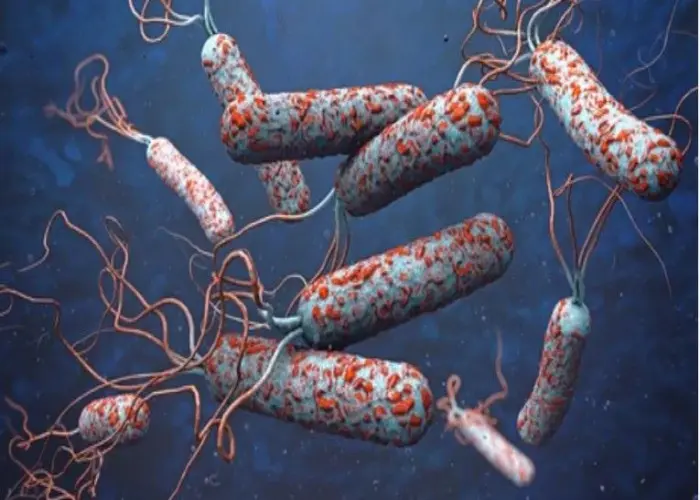
Cholera

Personality disorders
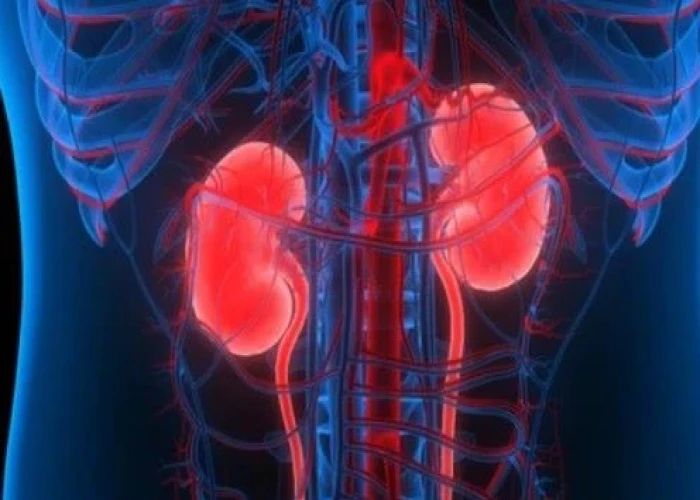
Pyelitis
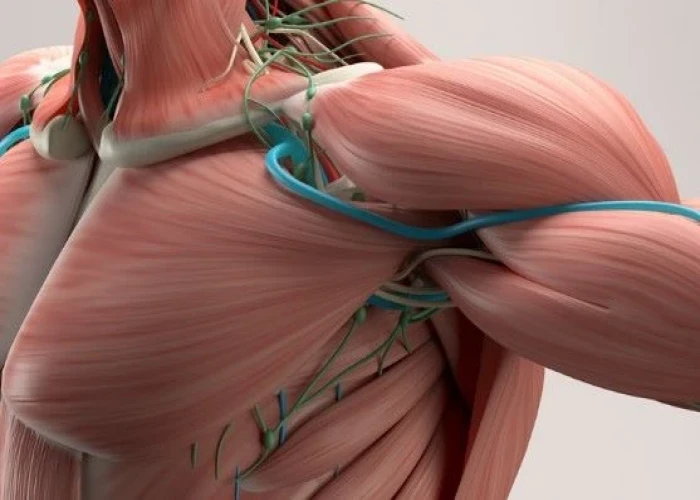
Pseudocholinesterase deficiency

Oral thrush
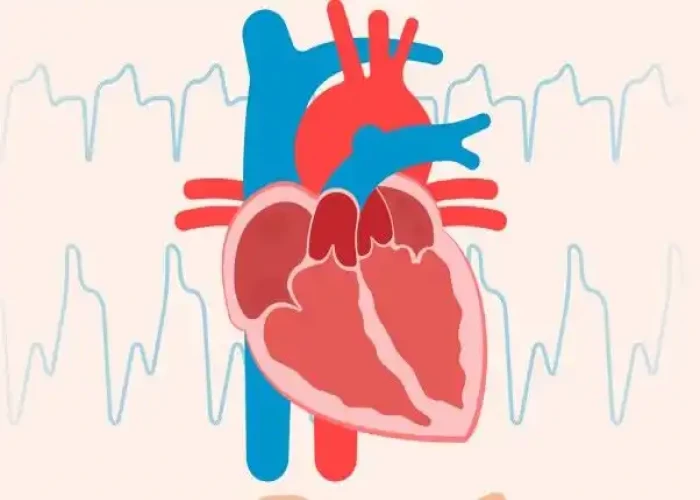
Truncus arteriosus
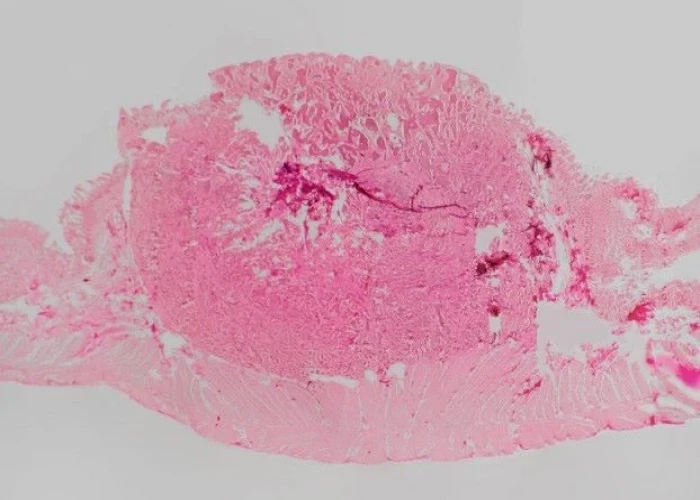
Neuroendocrine tumors

Central nervous system vascular malformations
hydrocele, হাইড্রোসিল
To be happy, beautiful, healthy, wealthy, hale and long-lived stay with DM3S.
